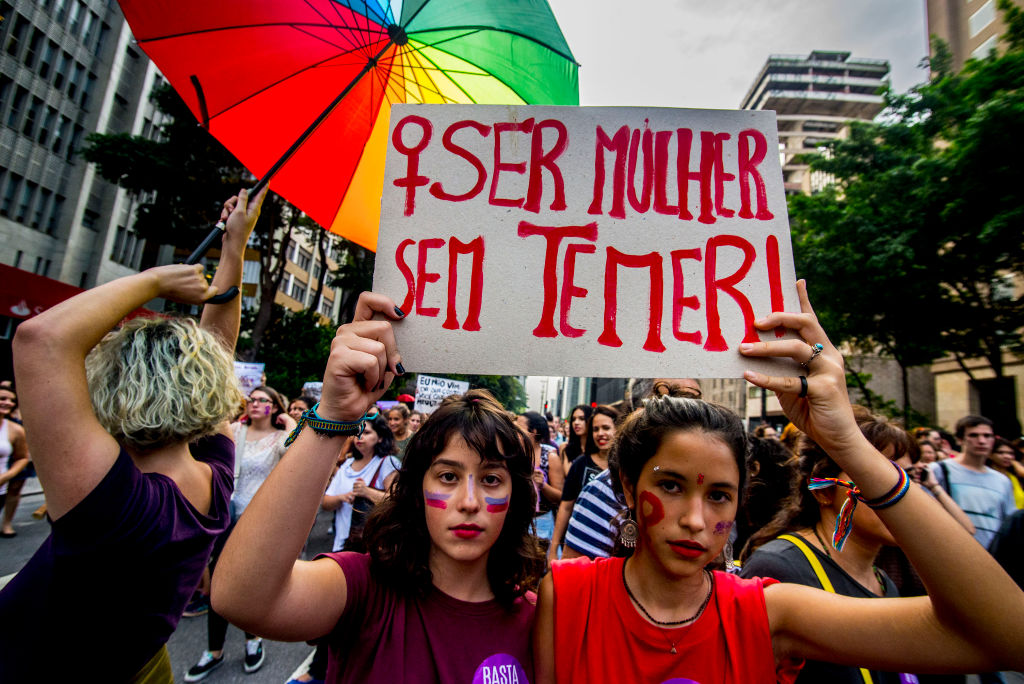Latin American Childhood Poverty under the Lens
Latin American Childhood Poverty under the Lens
Even as more Latin Americans join the ranks of the middle class, childhood poverty rates remain stubbornly high in many of the region's countries. Treating the problem requires closing gaps on education and job access, say observers.
Latin America’s middle class expansion has been heralded in recent years, but childhood poverty rates remain a hurdle for many countries. Roughly 45 percent of people under 18 live in poverty, according to a joint survey of 18 countries in the region conducted by the Economic Commission for Latin America (ECLAC) and the Caribbean and UN Children’s Fund (UNICEF). But this blanket statistic masks a wide range in poverty rates from country to country, with figures ranging from 20.5 percent in Costa Rica to 86.8 percent in El Salvador. Given that Latin America has the second-youngest population in the world after sub-Saharan Africa, creating a path to social mobility for the region’s youth could be the key to shrinking inequality. A new Americas Society white paper looks at Colombian and Peruvian innovations that build access to formal labor markets for disadvantaged youth.
The ECLAC-UNICEF report, using research conducted from 2008 to 2009, found that 81 million children in Latin America and the Caribbean live in poverty. Yet it also shows that rates differ greatly across the region. Fewer than one in four youths live in poverty in Chile, Costa, and Uruguay while rates run higher than two-thirds in Bolivia, El Salvador, Guatemala, Honduras, Nicaragua, and Peru. Factors taken into account reflected compliance with the International Convention on the Rights of the Child and involved access to basic services, education, media, and nutrition. On top of the range in figures is a range in dates for the latest data available. While the number for Costa Rica—at the lowest end of the spectrum—dates to 2007, Panama’s 51.1 percent youth-poverty figure dates back to 2003.
Still, news of these poverty rates serve as a caution amid talk of a “Latin American decade” sparked by an expanding middle class and widespread economic growth in recent years. Some 56 million people joined the ranks of the middle class in Latin America since 1999. As an Americas Quarterly article from the Winter 2011 issue notes, 44 percent of Latin Americans lived on less than $4 a day in the early 1990s—a number that has dropped to 29 percent since then. But that middle class remains fragile without improvements to public services such as health and education, according to a report by the Organization for Economic Cooperation and Development, which notes that, “A Latin American with illiterate parents is 10 times more likely to be illiterate than he is to finish university.”
For disadvantage youth in the region, stepping up to the middle class requires access to a formal employment. The jobless rate for people in Latin America under 30 is twice that of those over 35, according the Inter-American Development Bank. Taking Youth to Market, a new Americas Society report, explores private-sector initiatives in Colombia and Peru designed to combat high youth-unemployment rates and “the significant mismatch in skills.” The report looks at how such programs can serve as models for other countries in the region and notes: “Expanding opportunities and promoting greater market access for [Latin American youth]—particularly to labor markets—is crucial to ensuring future economic growth and political stability and represents a significant opportunity for policymakers in the region.”
Learn more:
- ECLAC-UNICEF report Child Poverty in Latin America and the Caribbean.
- Americas Society white paper: Taking Youth to Market: Expanding Formal Labor Market Access through Public-Private Collaboration
- ECLAC’s 2011 Review, with a focus on Latin America’s middle class.
- UNICEF’s Latin American and Caribbean website.
- OECD Development Centre’s Latin American Economic Outlook 2010.







